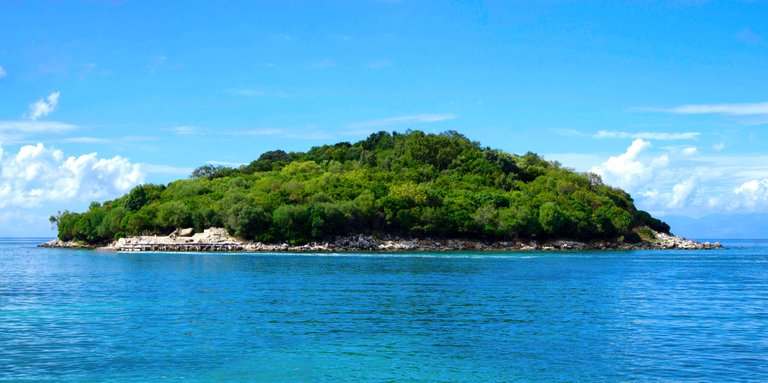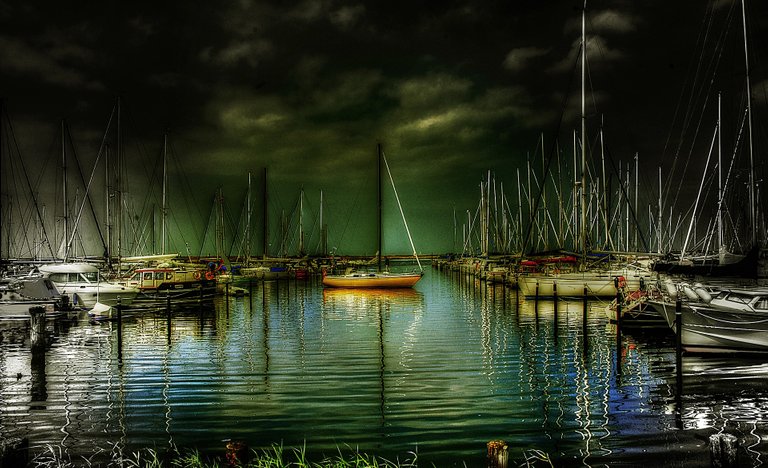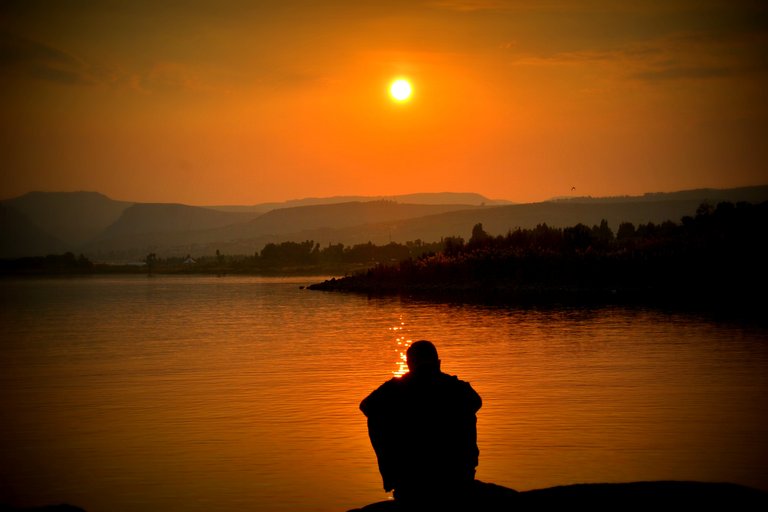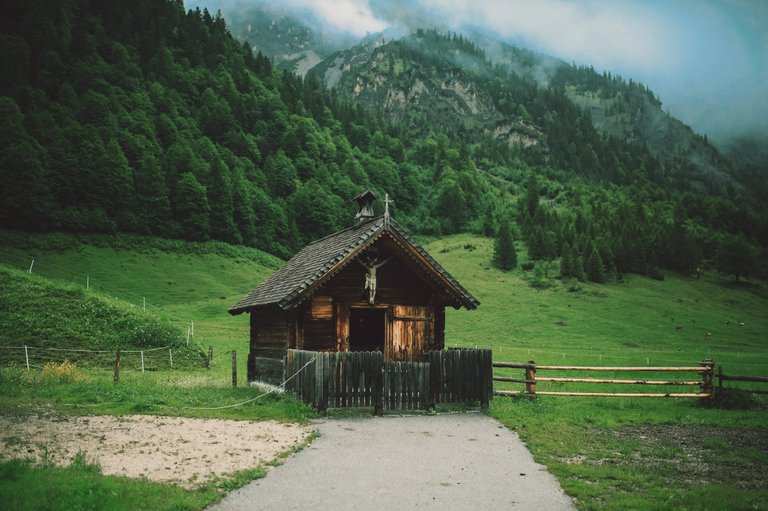
The island of Mas-a-tierra is one of a group of three called Juan Fernandez after the Spanish navigator―Juan Fernandez―who discovered them in 1570. Rocky and wooded (12 miles long and nearly four across at its widest), it lies in the Pacific ocean some

On the last day of January 1709, Captain Woodes Rogers, sailing in the Duke, sighted Juan Fernandez.

As a matter of fact, they were the watch-fires of a sailor named Alexander Selcraig, or Selkirk who on the following morning was brought off the island in the ship’s boat amid a cargo of shell-fish. He was clothed in goatskins, and looked “wilder than the first owners of them.” It is our first glimpse of the man who was to become the real-life model for the future castaways of fiction.
Alexander Selkirk was the son of a shoemaker. He was born at Largo, a sea- village in Fife, Scotland. There today stands his statue in stone, gazing on the land of the youth. When he was 19 he got into trouble and ran away to the sea. Six years afterwards he came home, but quarreled with his brothers, once more left home, and in 1703 went to sea again. Having arrived, in a leaky ship, at his own suggestion―of which he speedily repented― Selkirk was put ashore on Mas-a-tierra in September 1704.
He had a sea-chest, clothes, bedding, a gun, a pound of gun-powder, a bag of bullets, flint and steel for making fire, some tobacco, a hatchet, a knife, a kettle, a Bible, mathematical instruments and some books of devotion. Yet in spite of these luxuries, after four years and four months’ solitude, his story in a Scots English so broken and rusty for want of use as to be hardly intelligible. “We could scarce understand him. . . he seemed to speak his words by halves .”

For eight long months Selkirk had lived in overwhelming sadness and horror, “scarce able to refrain from doing himself violence.” Day after day he had sat in watch, his face towards the sea, until his eyes and the light failed him and he could watch no more. By night he had lain shivering with terror at the howlings of sea-monsters on the shore, and the first show of dawn lighting up his

As time went on, however, Selkirk’s spirits began to revive, as human spirits are apt to revive even in the most adverse circumstances. He fed plentifully on turtle until he could bear it no more. He built himself two huts, thatched them with grass and

For warmth, cheer and light he burned the fragrant allspice wood. He had no corn, medicine, salt, ink, paper, or even rum. He fed on crawfish, goats’ flesh, turnips and small black plums, which grew on the island’s rocky heights. Of living things, apar6t from goats, he had the company of seals, which in November came ashore to mate and produce their young. Their bleating and howling was so loud that the noise of them could be heard in-land a mile from the shore.
So life went on. When his ammunition failed him, he learned to run, barefoot, with such speed that he had chased down and killed, he said, some 500 goats.
When his clothes fell off his back, Selkirk made himself hairy breeches, and using the wool of his worn-out stockings, hemmed himself shirts out of his small stock of linen, by means of shred of goat sinew threaded through a nail. When his knife was worn to the back, he made substitutes out of hoop-iron (used to bind barrels), beaten thin and ground sharp on the rocks.
Twice he narrowly escaped death, the first time by a fall of 100 feet―he lay unconscious for three days and nights; and the second time from voyaging Spaniards, who, sighting his fire at sea, landed and pursued him. He hid himself in a tree top and listened to them talking beneath.
But rats were his worst enemy; they gnawed his feet and his clothes until he had found and bred cats to hunt them down. These cats would “lie about him in hundreds.” Thus we picture him best, praying aloud, singing and dancing with his goats and cats in the flames and the smoke of his spice-wood fire.
His feet restored to shoes, and his tongue its original English, Alexander Selkirk sailed away in the Duke. He reached England safe but weary, in October 1711, and after the publication of Captain Woodes Rogers’ book, A Cruising Voyage Round the World, in the following year, seems to have enjoyed, or at any rate to have endured, a brief moment of fame. He was interviewed by the journalist Richard Steele, and was made the subject of an article in the Englishman.
Better still, but less certainly, Selkirk is said to have actually met in Bristol yet another and a more notorious journalist, Daniel Defoe. And nearly two and a half centuries ago―on April 25th,1719―appeared Defoe’s book, The Life and Strange Surprising Adventure of Robinson Crusoe, of York , Mariner ……written by Himself

Beautiful photos